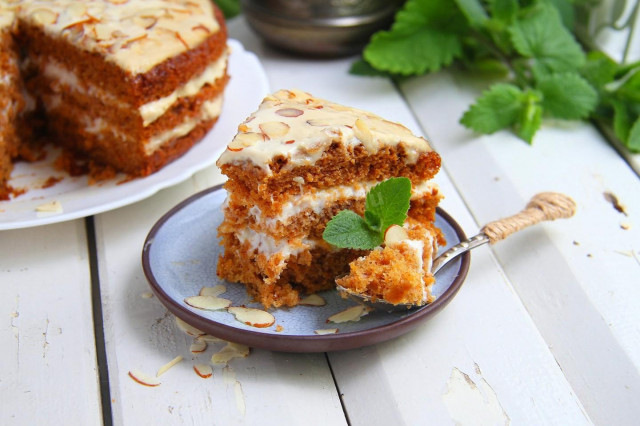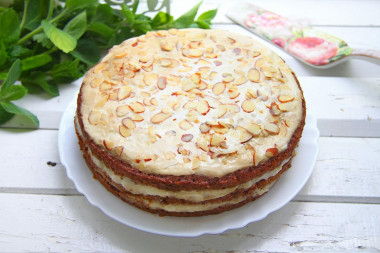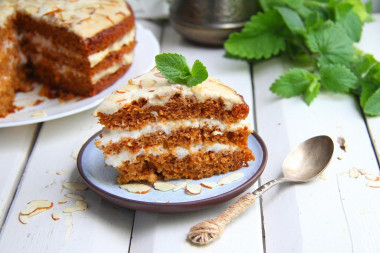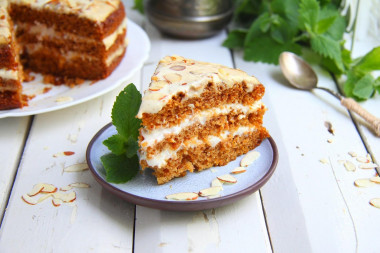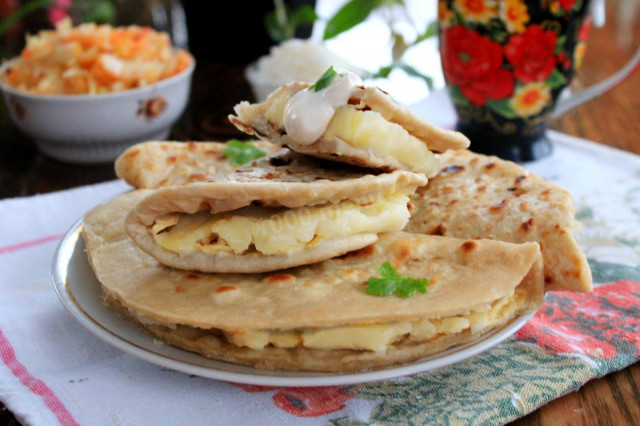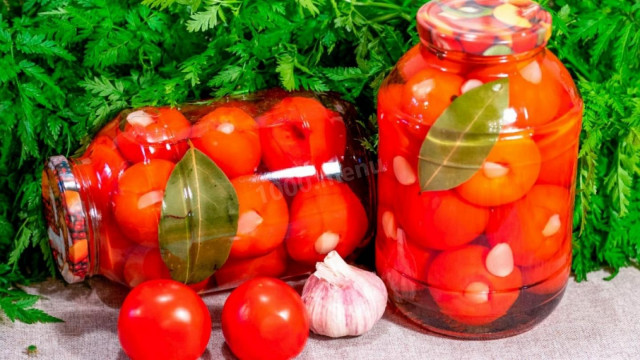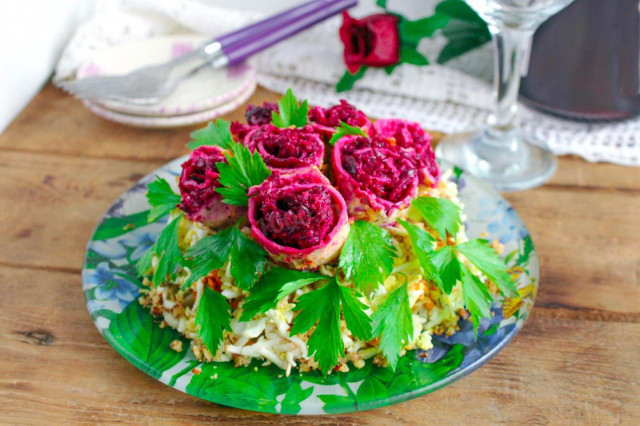Composition / ingredients
Step-by-step cooking
Step 1:
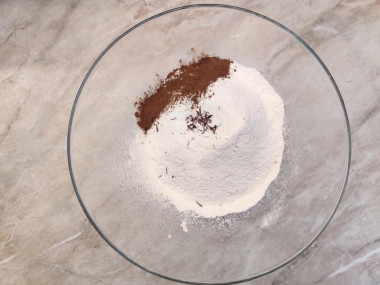
Sift the premium wheat flour through a sieve. In baking without yeast, sifting flour is especially important for the splendor of the future cake base. Add salt to enhance the flavor and cinnamon. You can add a little saffron if desired. Stir in the dry mixture and set aside for a while.
Step 2:
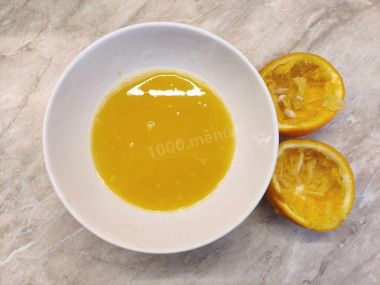
Prepare the orange juice. To do this, I needed one and a half fresh oranges. It will be necessary to remove the bones from the juice. The pulp can be left - this is not a problem here. Freshly squeezed juice can also be replaced with packaged juice. In this case, most likely, you will have to reduce the amount of sugar for the cake.
Step 3:
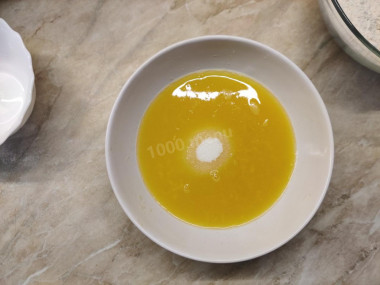
Add sugar to the orange juice.
Step 4:
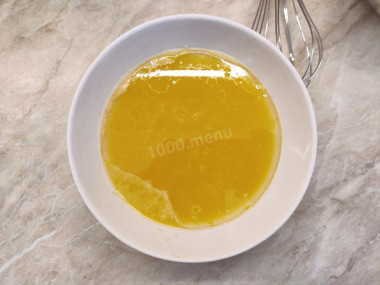
Then pour in the vegetable oil and add the apple cider vinegar. Mix the mixture thoroughly with a whisk until the sugar grains are completely dissolved.
Step 5:
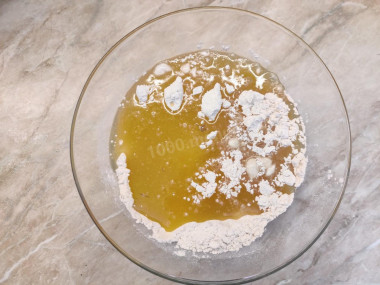
Combine both mixtures (dry and liquid) in one of the bowls, which is larger in volume.
Step 6:
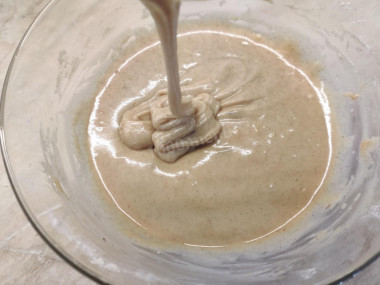
Mix the dough thoroughly with a whisk until smooth. You can use a mixer if the height of your bowl allows you not to spray the dough.
Step 7:
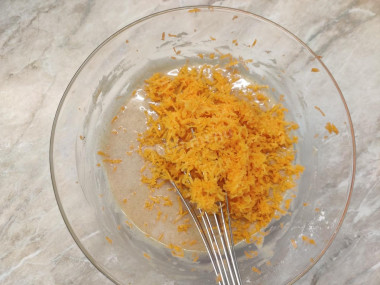
Rinse the carrots under running water and peel them. Grate the vegetable on a fine grater and mix the dough with a whisk or spoon again. The recipe indicates the weight of already peeled carrots without waste.
Step 8:
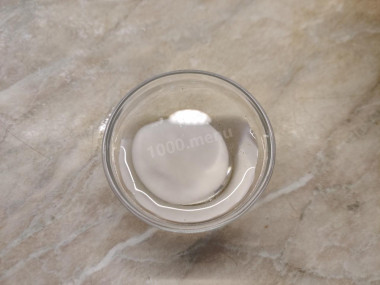
In a separate bowl, dissolve baking soda in two tablespoons of filtered drinking water.
Step 9:
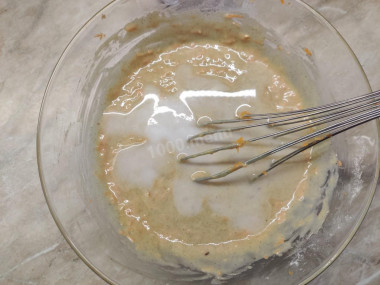
Immediately pour this mixture into the dough and immediately mix with a whisk. Soda will react with vinegar, the dough will sizzle slightly, and in front of your eyes it will slightly increase in volume. This means that everything is done correctly.
Step 10:
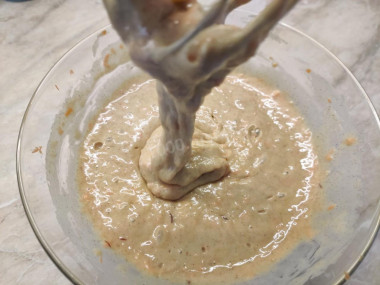
This is the consistency of your dough at the final stage.
Step 11:
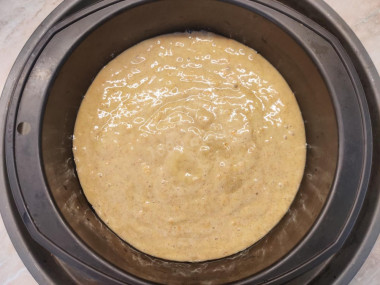
Pour the dough into a pre-greased form with a drop of sunflower oil. I have a silicone mold with a diameter of 18 cm. the inner diameter of the rim height is 5 cm. Bake the cake for half an hour in a preheated 180 degree oven.
Step 12:
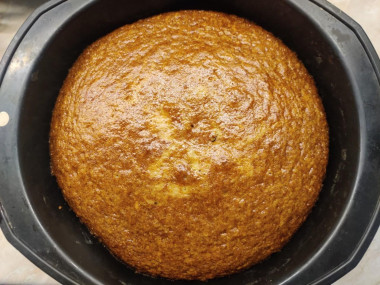
Exactly half an hour later I took out my cake and... it was absolutely raw in the middle! So I put it in the oven, reducing the temperature to 160 degrees for another 20 minutes. After this time, my cake was ready. But your cooking time may vary greatly due to the individual characteristics of the ovens, so focus on your oven. Check the readiness of the cake by carefully puncturing it in the middle with a wooden toothpick.
Step 13:
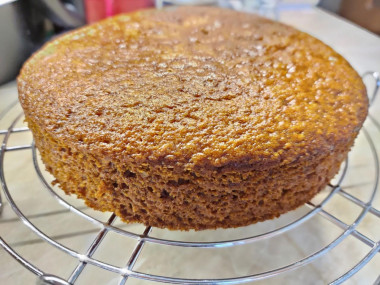
Cool the cake slightly and remove it from the mold. Put it on the grill to prevent getting wet from the bottom. Here is such a beautiful lush and ruddy cake I got! It resembles a honey cake in color. By the way, if someone knows why exactly carrot cake gets such an amazing caramel color - please write in the comments!
Step 14:
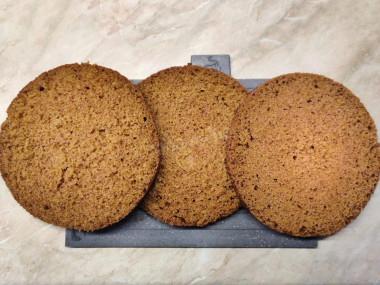
After cooling completely, cut the cake into two or three parts as desired. Cover the cakes with a towel, let them rest for a while.
Step 15:
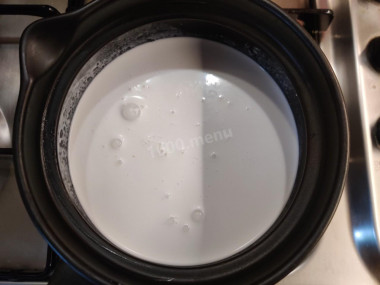
Prepare a lean cream. Pour the main part of the coconut milk into a saucepan, leaving a couple of tablespoons to dissolve the starch. Put the milk to boil over medium heat.
Step 16:
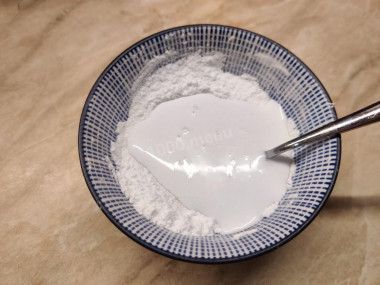
Pour all the starch and sugar for the cream with two tablespoons of coconut milk. And mix so that there are no lumps left.
Step 17:
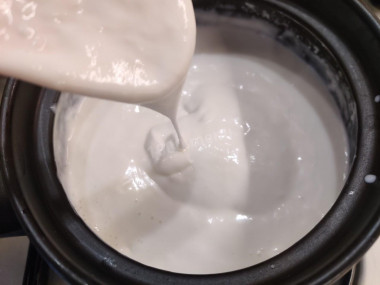
Add a little starch to the boiling milk and immediately mix the cream thoroughly. It will thicken very quickly, so it can clump together. Only intensive, but careful mixing will help.
Step 18:
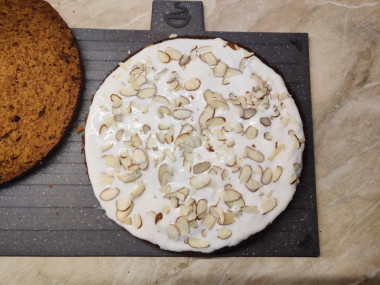
We will not impregnate the cakes with anything, they already turn out wet. First! lubricate the upper, final cake with still hot cream, so that it does not turn out that there is not enough cream for it. And decorate it as your imagination suggests. I sprinkled almond petals.
Step 19:
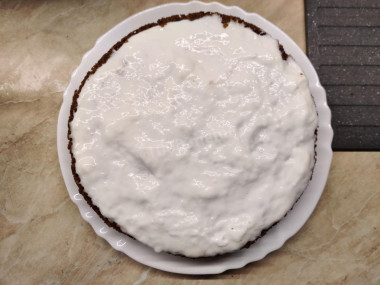
Assemble the cake on a serving plate, alternating cakes and cream. The finished cake should stand in the refrigerator for at least a couple of hours before serving.
What I liked: the simplicity of making the cake, its color and aroma. Carrots taste good, they are slightly visible in the section. The cake rose well, I easily cut it into three parts. Plus, the cakes are moist, which means they do not need impregnation. The cake itself turns out to be satisfying.
But it was unusual for me to work with cream. Because of the starch, it has a viscous consistency. Plus, on the second day, the cream at the top took part of the color from the cake. That is, it became a little beige on top, and in the middle it was white, and remained... Consider this point. Perhaps you know another, more stable lean cream. But this cream is really delicious and starch is not felt in it at all! Plus, it is glossy and does not absorb into the cakes (this can be seen in the photo of the cut).
In general, I would never say that this is a lean cake! It tastes like a carrot cake from a world-famous coffee shop with a siren.
Bon appetit!
Be prepared for the fact that flour may need more or less than indicated in the recipe. Focus not on the amount of flour, but on the desired consistency of the dough. Read a lot of useful information about flour and its properties in this article!
Keep in mind that everyone's ovens are different. The temperature and cooking time may differ from those specified in the recipe. To make any baked dish successful, use useful information in this article !
Caloric content of the products possible in the composition of the dish
- Carrots - 33 kcal/100g
- Dried carrots - 275 kcal/100g
- Boiled carrots - 25 kcal/100g
- Cinnamon - 247 kcal/100g
- Saffron - 310 kcal/100g
- Granulated sugar - 398 kcal/100g
- Sugar - 398 kcal/100g
- Vegetable oil - 873 kcal/100g
- Coconut milk - 230 kcal/100g
- Oranges - 36 kcal/100g
- Salt - 0 kcal/100g
- Water - 0 kcal/100g
- Wheat flour - 325 kcal/100g
- Sunflower oil - 898 kcal/100g
- Refined sunflower oil - 899 kcal/100g
- Apple cider vinegar - 14 kcal/100g
- Baking soda - 0 kcal/100g
- Almond petals - 650 kcal/100g
- Potato starch - 300 kcal/100g

